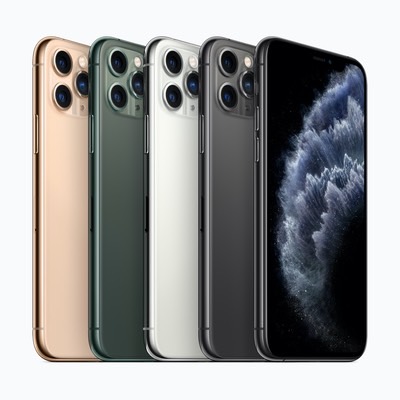Hardware, software and services designed to work seamlessly together. That’s the Apple advantage. If you don’t use the software and Apple services that come with your Mac you’re not getting your money’s worth.
Here are a few tips to getting the most of your Apple computer. Click the colored links to learn more.
Use dedicated Apple apps, not a web browser. On the Mac, we live in apps: the Safari web browser and Mail, Contacts & Calendar apps. Dedicated Notes, Reminders & Maps apps. Communication apps like Messages & FaceTime. Creative apps – Photos, iMovie & GarageBand. Office apps like Pages, Numbers & Keynote. And of course Music & Books for all your music, TV shows, movies and books. All these apps come free with every new Mac and match the same apps on iPhone & iPad.
Can you use Microsoft Office, Chrome, Firefox? Sure, but you’ll miss out on all the Apple advantages. These apps were designed for Windows. Now that you have a Mac, use the apps designed for it whenever possible.
Purchase apps from the App Store. It’s just like the App Store for iPhone & iPad, but with over 20,000 apps made just for Mac. Apps are charged to your Apple account (like iTunes). Installation is completely automatic and you can install apps on all compatible devices you use at no additional charge. No serial numbers to track, no extra license or upgrade fees. Many have matching iPhone & iPad apps.
Use iCloud. It’s Apple’s essential technology that keeps your data in sync across all your Apple devices. So snap a picture on your iPhone and watch it appear a few seconds later in the Photos app on your Mac. Add a shopping list to Reminders on your Mac and you’ll have it on your iPhone when you arrive at the store. Dictate a note on your iPhone and you’ll find it in Notes on the Mac. Rent a movie with iTunes on the Mac and watch it later on your iPad. Add a Safari bookmark on your Mac and it’s also bookmarked on your iPhone. When your iPhone rings you can answer right on your Mac, or tap into your iPhone’s internet from your iPad or MacBook Air. iCloud makes it happen, it’s free and it’s easy to set up.
Many apps take advantage of iCloud. Create a brochure in the Pages word processor on your Mac. Then simply open Pages on your iPad and it’s ready to for your edits – no need to email or upload it. Changes you make in a Numbers spreadsheet on your iPad are saved to your Mac as well. Design a slideshow in the Keynote app on your Mac. Walk into the conference room and display it on the big screen through an Apple TV box. You’ll control the whole show through the iPhone in your hand. You can’t do this with Microsoft Office – it doesn’t support iCloud.
Add all your internet accounts. Just click the Apple menu, choose System Preferences and click Internet Accounts. Here you can add iCloud, Google, Twitter, Facebook, Yahoo and others. Your apps are configured automatically. For example, add your Google account and your Gmail shows in the Mail app, Google Calendars in the Calendar app, and so on. Add your Facebook account and you can instantly post photos from Photos and share a web page from Safari. Add your Twitter account and tweet right from the desktop, and Safari shows all the links from people you’re following.
Keep your software up-to-date. Many Windows users are accustomed to painful and expensive upgrades. Not so on Mac. The Mac OS X is updated regularly – with major annual upgrades adding hundreds of features to all the apps mentioned above. And since all upgrades are free, most Mac users upgrade almost immediately. In fact, we expect every Mac to have all the latest software. Click the Apple menu and choose System Preferences. Click App Store and check all the boxes for automatic app & OS updates. Also make sure you’re running the latest annual macOS release. You’ll find this in the App Store under the Apple menu.
Build your workflow around Apple-compatible technologies. Here’s a clue: if an app is not in the App Store, it probably hasn’t met Apple’s approval. If your email provider’s not listed in the Internet Accounts window (Hotmail, Comcast.net), it won’t provide two-way sync with Apple devices. If that all-in-one printer/copier/scanner doesn’t say AirPrint on the box it probably won’t print from your iPad. Maybe now is a good time to switch email systems and replace older devices. Insist on technology made for Apple. Don’t try to fit a Mac into systems that weren’t designed for it.
Finally, we recommend replacing your Mac every 3–5 years. Why, when it still works great? At 3 years, selling your Mac will usually return half its original cost. But by the time a Mac reaches 6 years old, no new software can run on it, no new Apple services can be provided, parts are unavailable and its resale value drops below 10%.
Contact Creative Tech Support. We know what works best with Apple and that’s where we start. Then we choose apps, hardware & services designed for Apple. The result is a perfect fit – not a kludgy work-around. And since we don’t sell hardware or software you can trust our advice is unbiased. We’ll even do price checks and help you get the best deal. Ready to learn more? See Macintosh 101.
